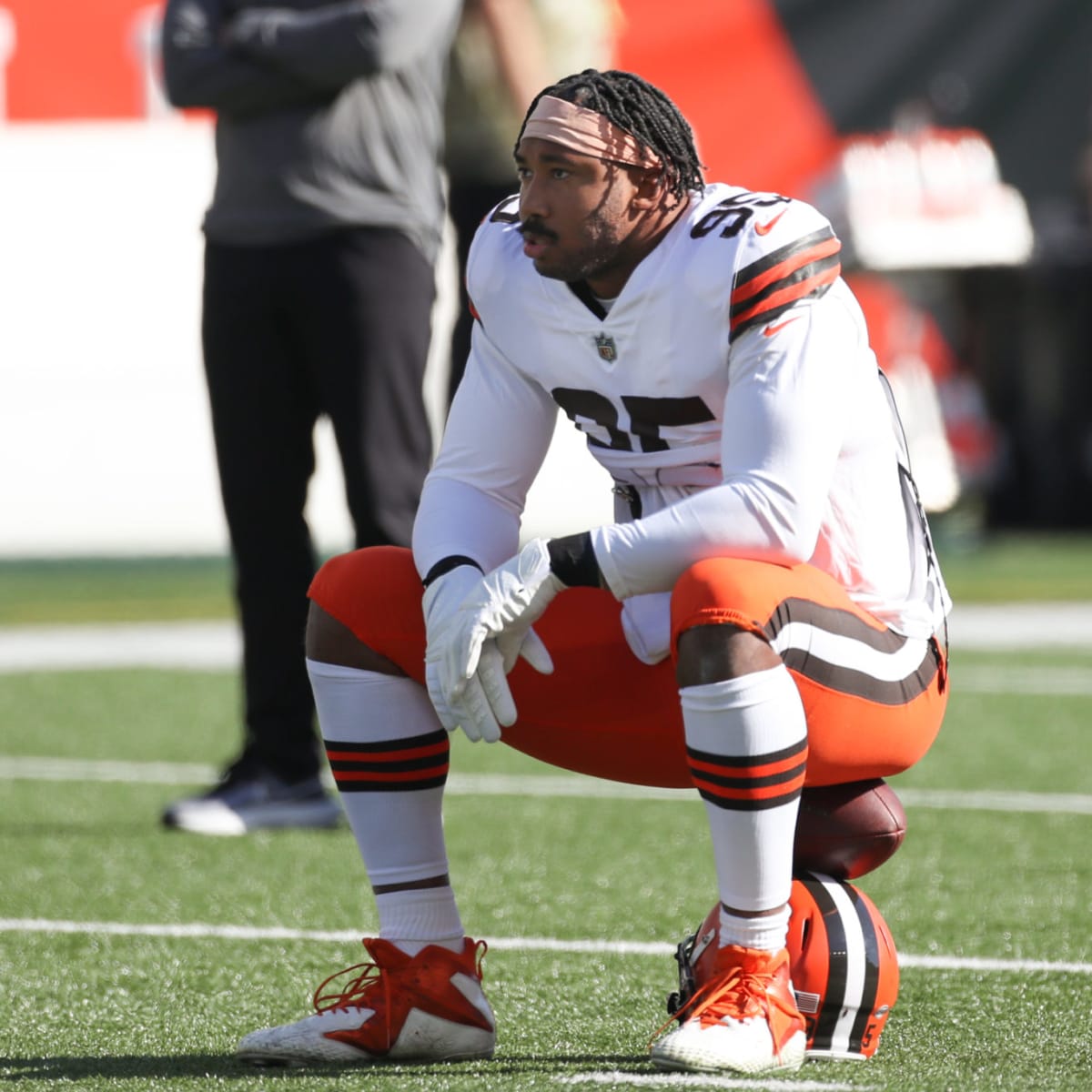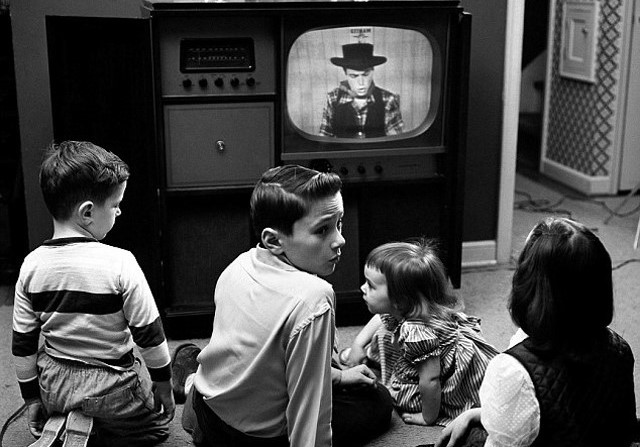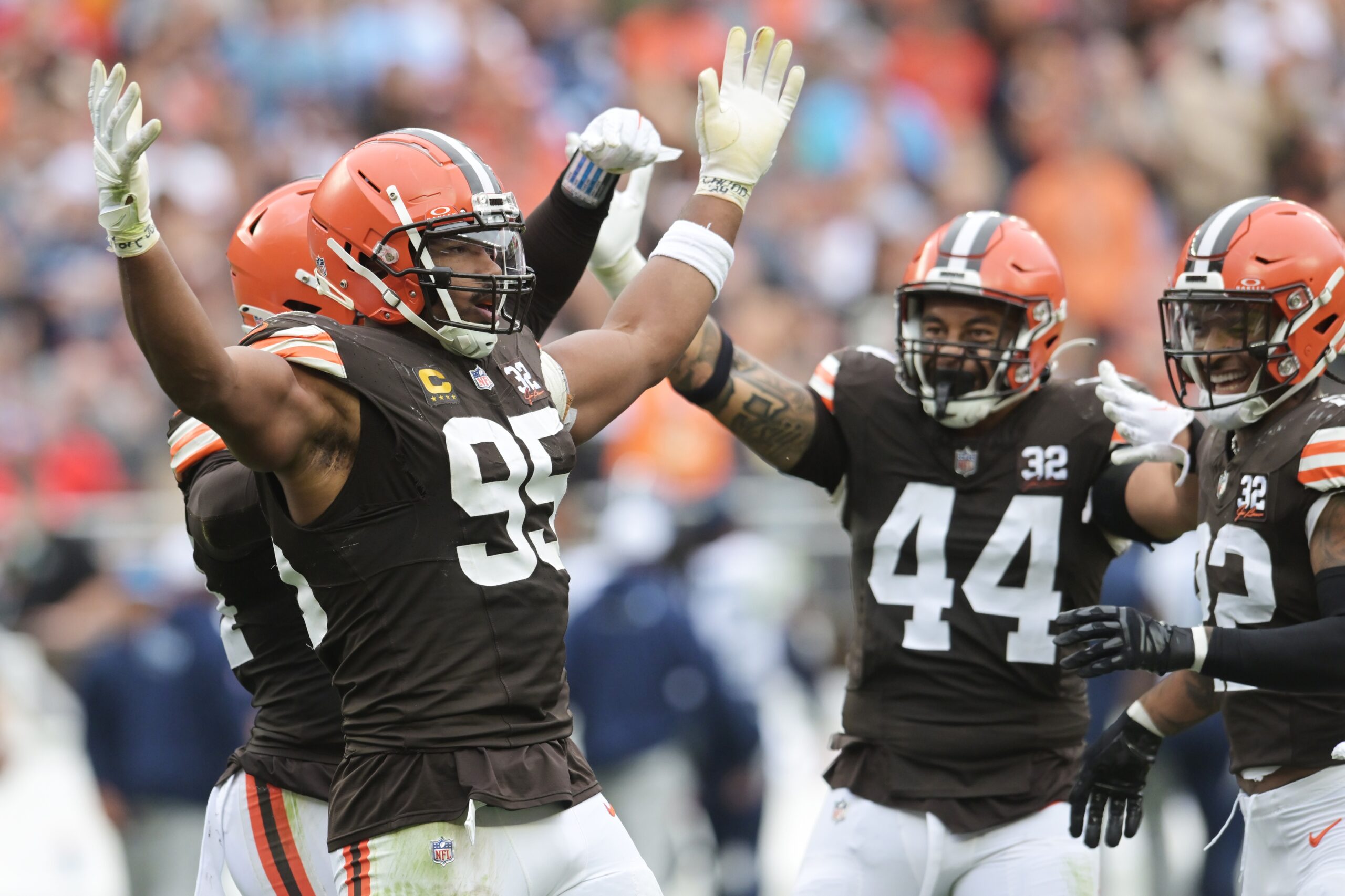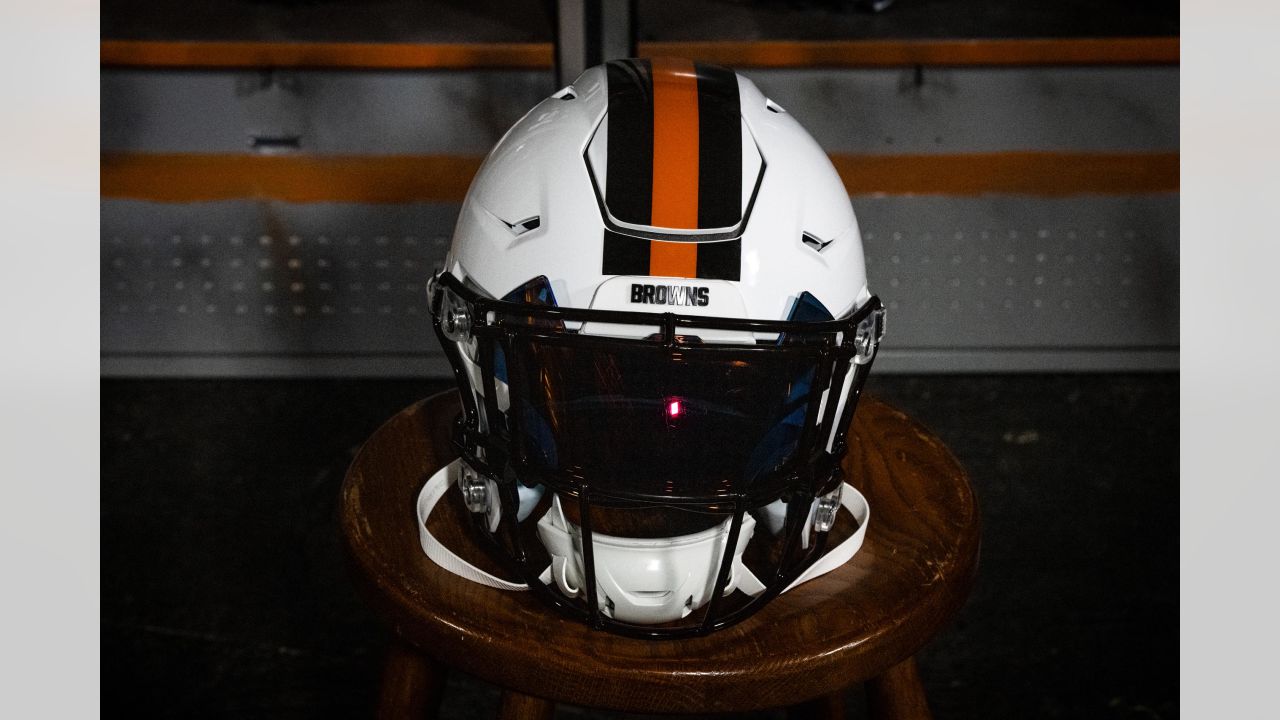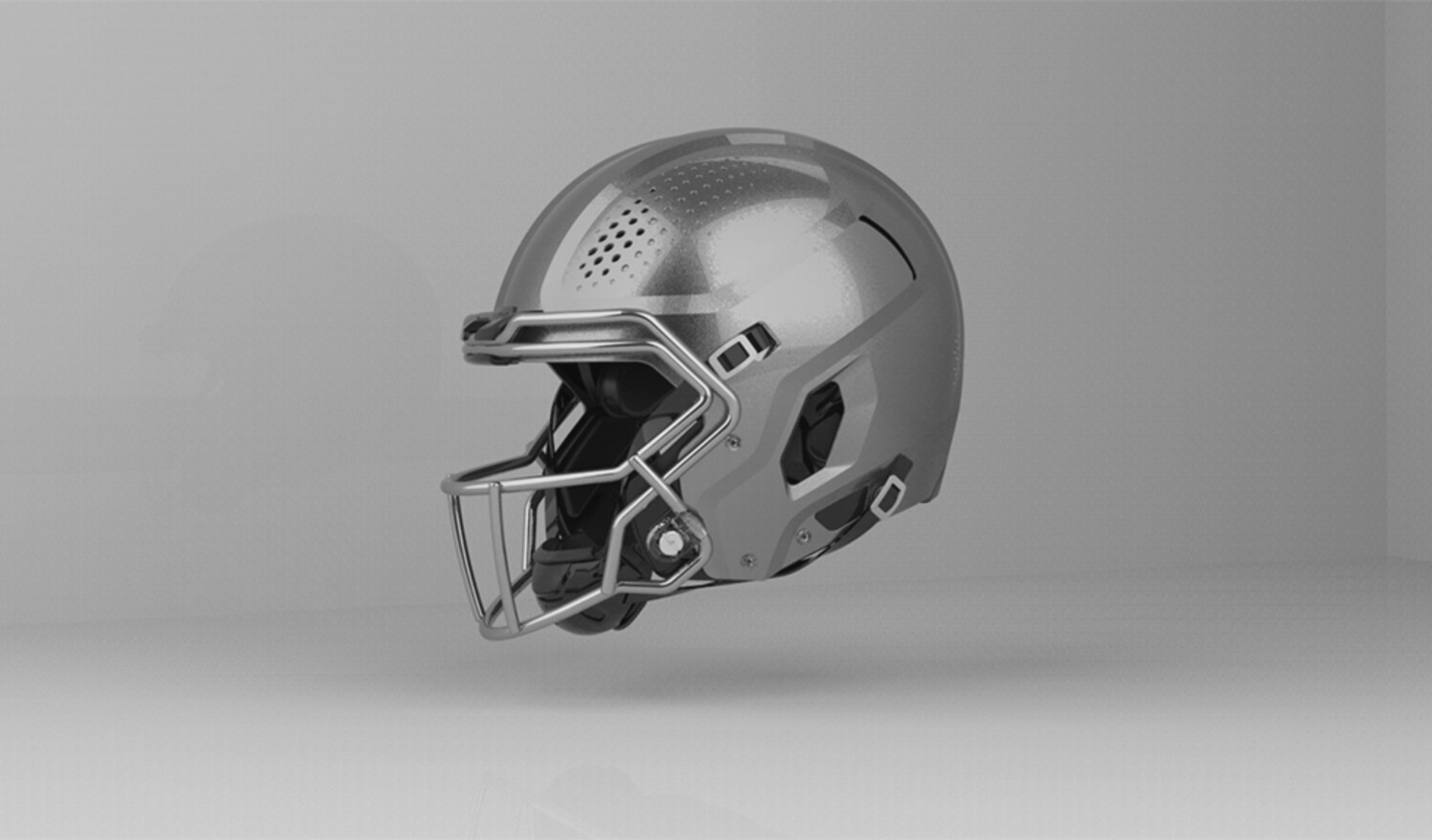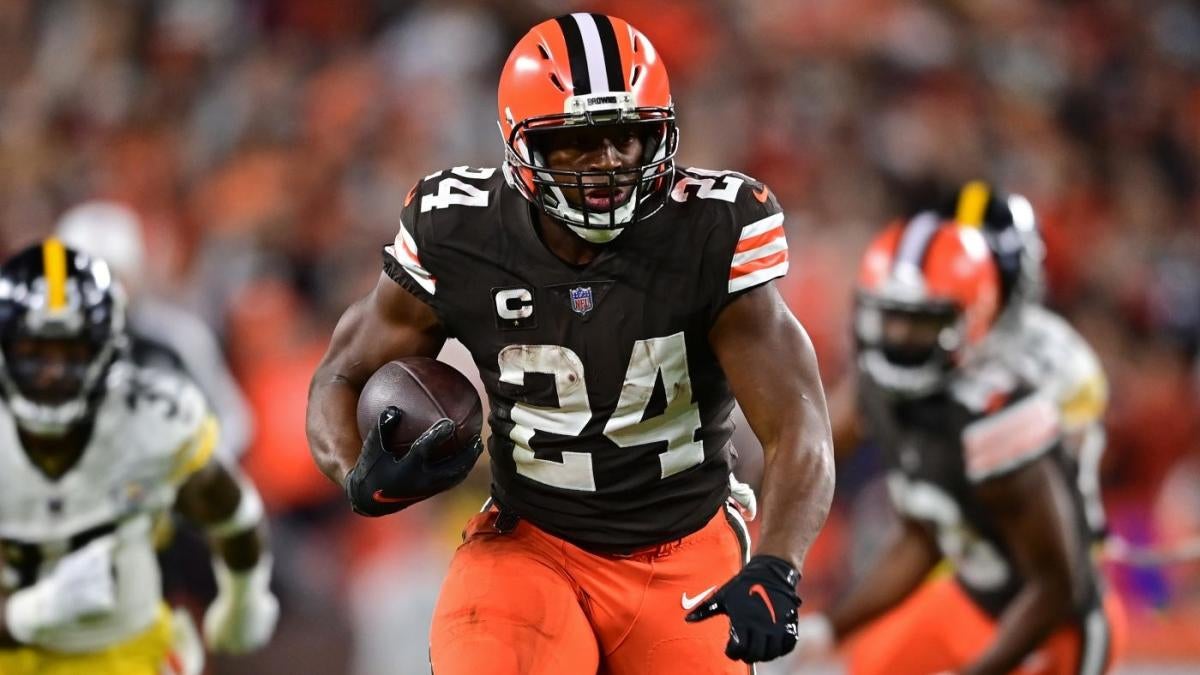
ESPN is reporting that the Cleveland Browns and their premier running back, Nick Chubb, have reworked their contract arrangement in a way that allows him to remain a member of the team. That’s great news for fans of the Browns, but also for anyone who wants to try to return a semblance of continuity to sports teams.
Nick Chubb is my favorite player on the Browns. He’s an “old school” player: a skilled running back who is adept at finding that little sliver of daylight that will allow him to bust a big play, but also willing to put his head down and work hard for the tough yards. He’s not a showboat, and you’ll never hear him complain about the blocking, the number of times he touches the ball during a game, or any of the other things that many players gripe about these days. I;’ve always thought Chubb’s blue-collar approach matched the attitude of Cleveland, the town. He was a perfect fit for the team and became the heart and soul of the Browns. It was hard to see him go down with an early season injury last year, and you wonder how the year would have gone for the Browns if that mishap hadn’t happened.
In any event, what is past is past, and in the NFL things move on very fast. Teams have to pay attention to complicated concepts like the salary cap as they assemble their rosters, and Nick Chubb’s contract would have required the Browns to take a salary cap hit if he had stayed on the team. Fortunately, they’ve reworked it in a way that reduces the cap impact, while still allowing Nick Chubb to do what Nick Chubb does. I think it’s great, because it shows that both the team and player recognize that there is value in continued partnership. It’s great for the fans, too, because it slows down that carousel of roster changes that seems to apply to every sports team these days, at the college or professional level. Having Nick Chubb stay with the Cleveland Browns is as welcome a development as Jose Ramirez’s decision to adjust his contract demands to stay with the Cleveland Guardians.
You never know how running backs will come back after a bad injury. All I can say with certainty based on past performance is that no one will work harder to get back into top shape than Nick Chubb, and when he puts on the uniform for a game he will continue to do his best every time the Browns decide to hand him the ball. That’s Nick Chubb for you, and I am thrilled he will be back.


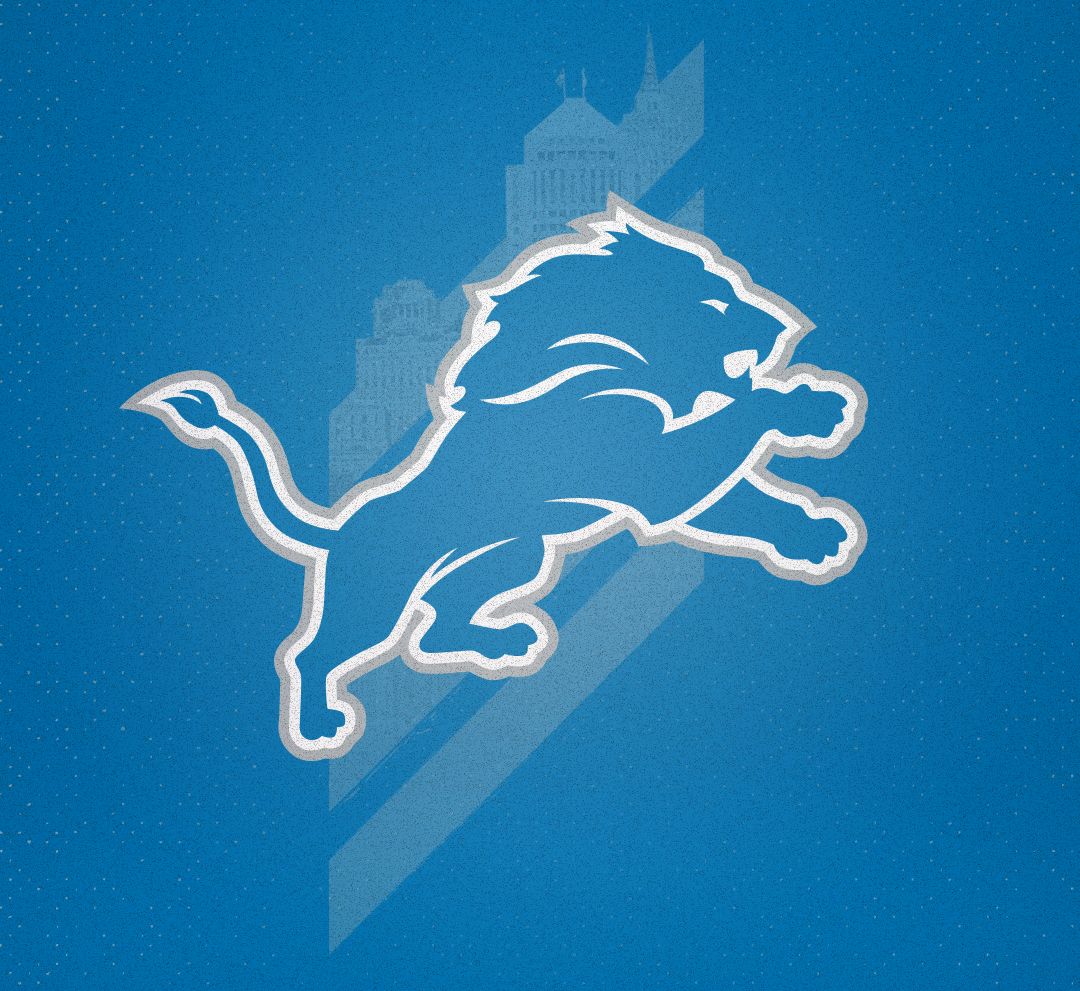
/cdn.vox-cdn.com/uploads/chorus_image/image/73073294/1926597498.0.jpg)

